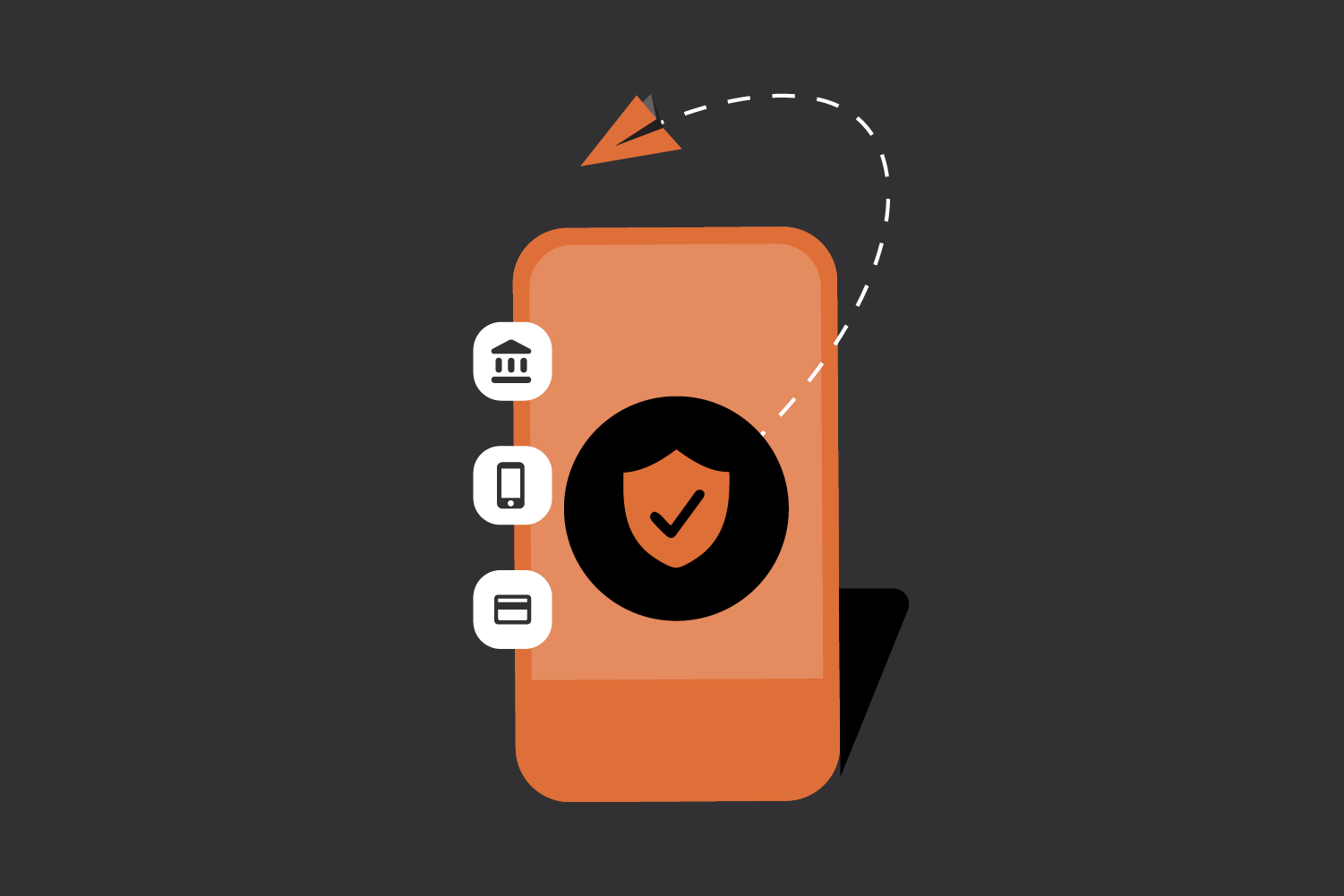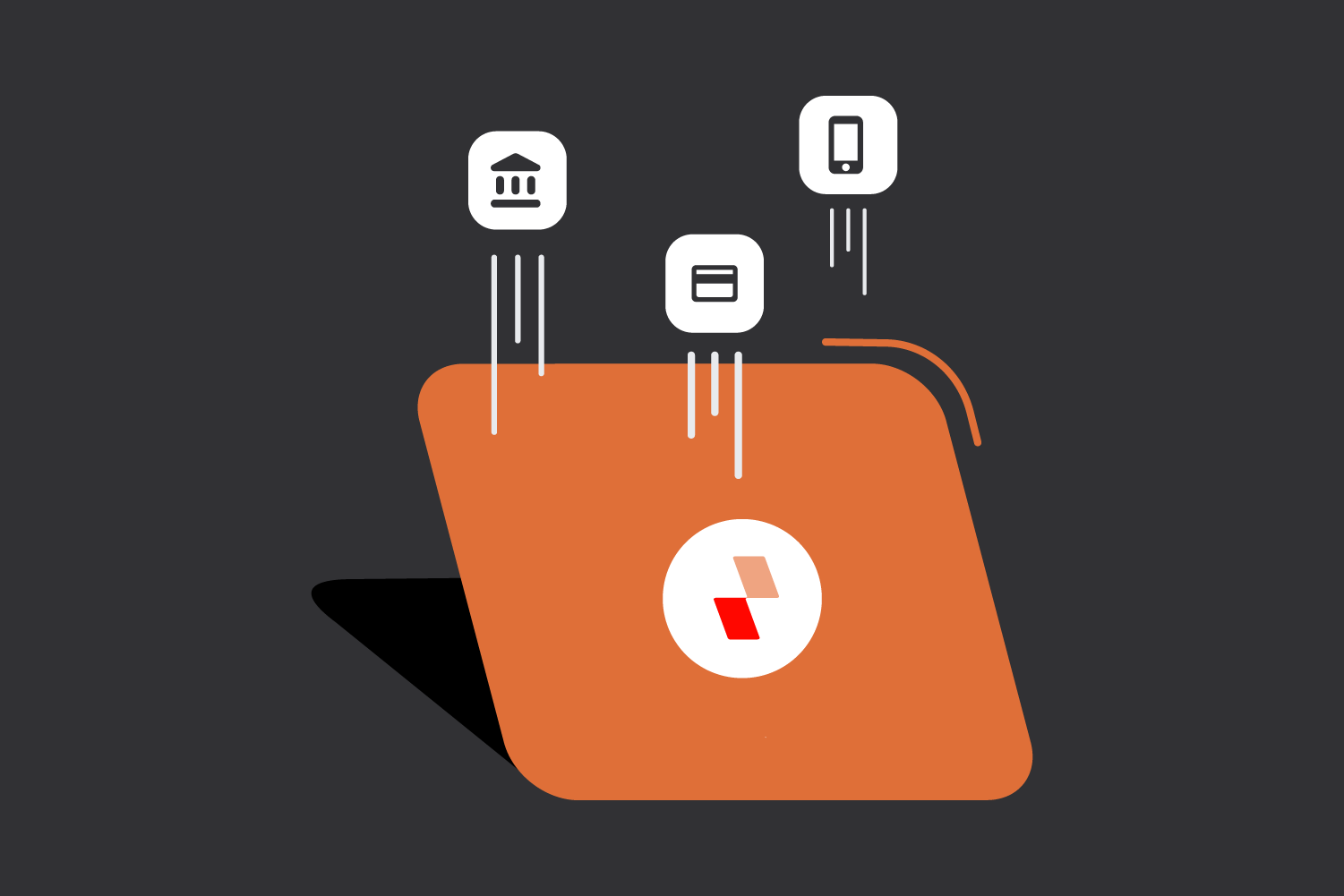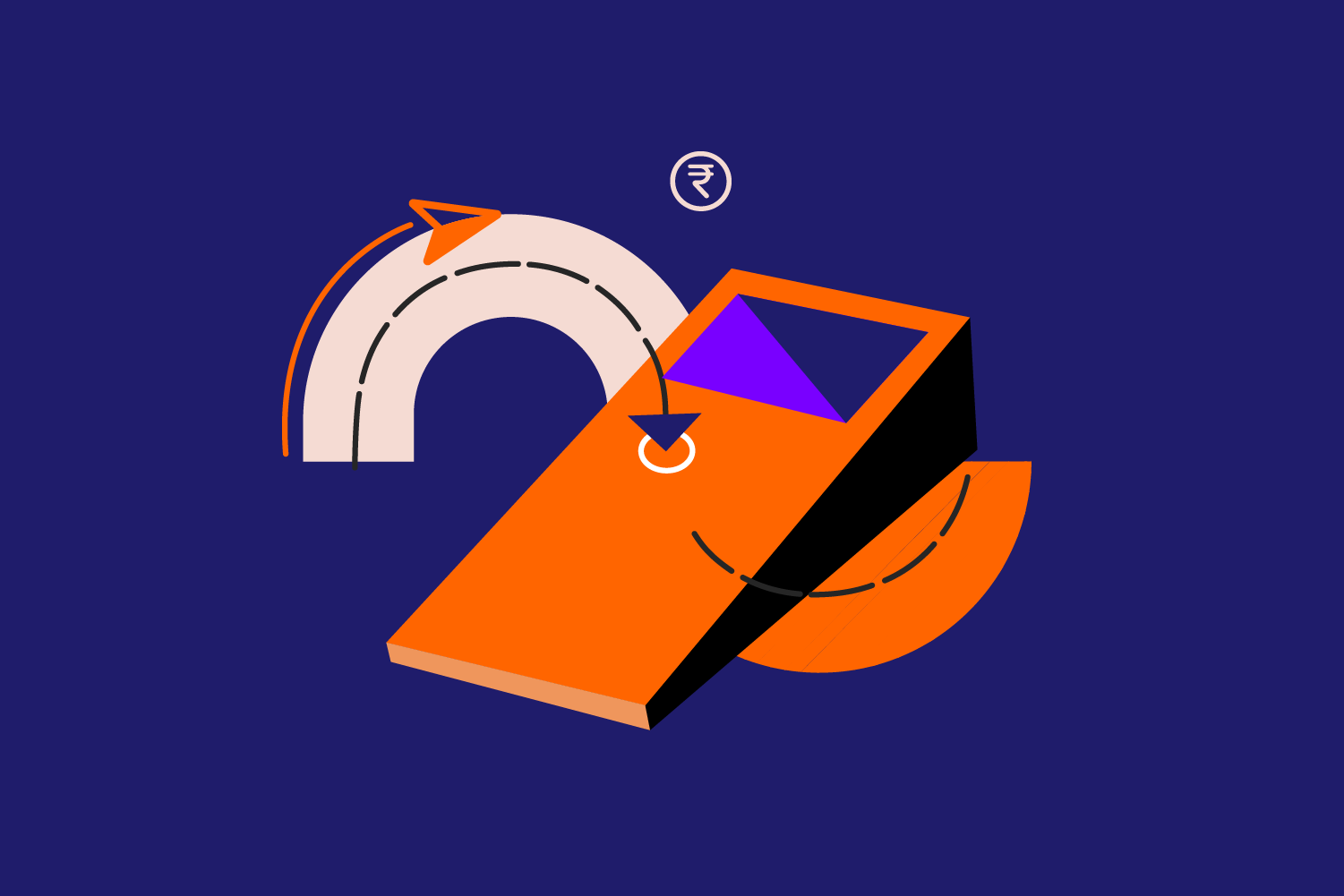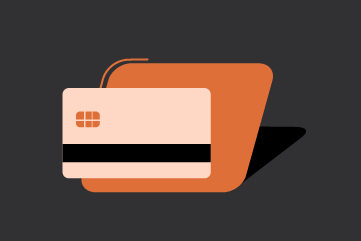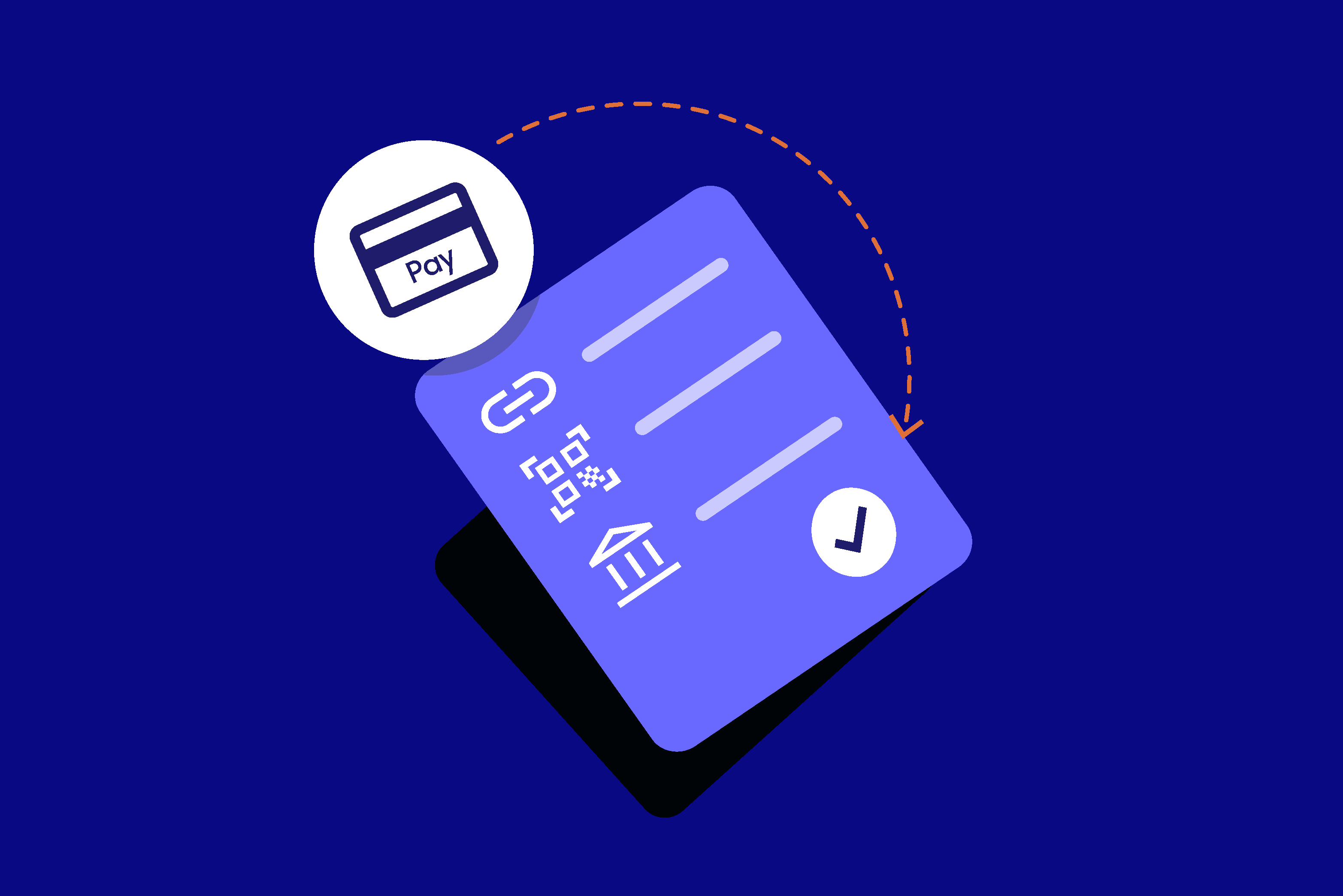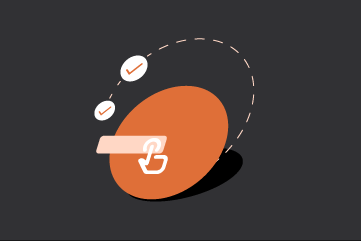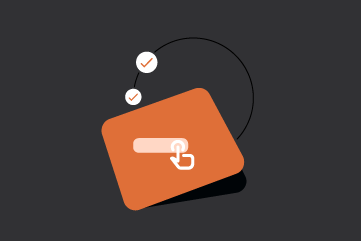Ever wondered what really happens when you swipe your credit card at a store or enter its details online? While the process feels instant, a lot happens behind the scenes. In this blog, we break down how credit card payments work in India—and how tools like a card payment API and a payment gateway make everything smooth, secure, and fast.
Step 1: Initiating the Transaction at a Retail Store
When a customer completes their purchase at a physical store, the payment is initiated by swiping or inserting the credit card into a Point-of-Sale (POS) machine. Most transactions require the customer to enter a Personal Identification Number (PIN) to authenticate the payment.
The POS machine reads the data stored in the magnetic stripe or chip of the card and forwards this information, along with the PIN, for validation.
Step 2: Secure Processing via Card Payment API and Payment Gateway
The POS system or online checkout page is integrated with a card payment API. This API ensures that sensitive card details are securely captured and transmitted to a payment gateway.
The payment gateway functions as an intermediary between the merchant and the financial institutions involved. It ensures that transaction data is routed swiftly and securely. Modern solutions like Zwitch offer plug-and-play payment gateway integration—making it easier for businesses to accept payments with minimal effort and strong security infrastructure.
The issuing bank verifies:
- The authenticity of the card
- The available credit limit
- The validity of the card
- Any signs of suspicious activity
If all checks are successful, the transaction is approved.
Step 3: Transaction Confirmation
Upon approval, the POS terminal prints two copies of the charge slip—one for the merchant and one for the customer. In cases where a PIN is not required, the customer may be asked to sign the charge slip.
For online transactions, the customer enters the following details:
- Card type (Visa, Mastercard, etc.)
- 16-digit card number
- Expiry date
- CVV
- Name as printed on the card
- Billing address (if required)
Once the customer clicks “Pay”, the card details are transmitted securely through the payment gateway. The issuing bank then sends a One-Time Password (OTP) to the customer’s registered mobile number or email address for authentication. Once the OTP is verified, the transaction is completed.
Step 4: Settlement and Fund Transfer
While the transaction may appear to be instant, the actual funds are not transferred immediately. The initial step only authorizes the payment. The settlement process takes place later, usually within one to two business days.
Here’s how the settlement occurs:
- The merchant submits the day’s transactions in a batch to the acquiring bank.
- The acquiring bank requests the corresponding funds from the issuing bank via the card network.
- Once the funds are transferred, the acquiring bank credits the merchant’s account.
This entire process is facilitated by the backend systems of the payment gateway and supported by card payment APIs.
Step 5: Customer Billing
The transaction amount appears in the customer’s next credit card statement. The statement includes:
- A summary of all transactions during the billing period
- The total outstanding amount
- The minimum amount due
- The payment due date
To avoid interest charges and maintain a healthy credit score, it is advisable to pay the full outstanding amount on or before the due date.
Summary: How Credit Card Payments Work in India
- The card is swiped or entered online to initiate the transaction.
- A card payment API captures and forwards the data to a payment gateway.
- The payment gateway communicates with the acquiring and issuing banks via card networks.
- The issuing bank verifies the transaction and either approves or declines it.
- The merchant receives confirmation and is credited after settlement.
- The customer is billed in their monthly statement.
Conclusion
Credit card transactions rely on a complex yet efficient ecosystem of banks, card networks, and technology providers. Key components such as card payment APIs and payment gateways ensure that each transaction is processed securely and quickly, whether at a physical store or on an e-commerce platform. Understanding how these systems operate provides clarity on what happens each time you use your credit card.
FAQs
1. What is a payment gateway, and why is it important?
A payment gateway is a technology that securely transmits payment information between the customer, merchant, and bank. It acts as the digital bridge for card transactions, both online and offline.
2. Is my card information safe when I pay online?
Yes. Payment gateways use encryption and tokenization to protect card details. Additionally, two-factor authentication, like OTP, adds an extra layer of security.
3. How is an online card transaction different from an in-store transaction?
In-store payments typically use a POS machine and PIN, while online payments involve entering card details and authenticating with an OTP. Both rely on gateways and APIs for processing.
4. Who are the major players involved in a card payment?
Key players include the cardholder, the merchant, the issuing bank, the acquiring bank, the payment gateway, and the card networks (Visa, Mastercard,etc).


